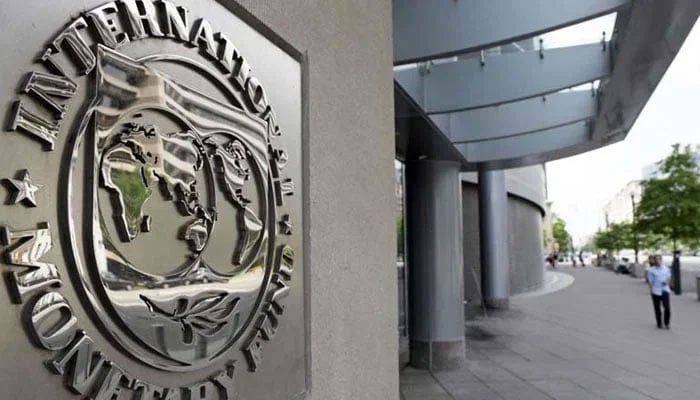KARACHI: The International Monetary Fund (IMF) has highlighted the need for strategy and guidelines to prepare market participants and investors for the impact of the removal of ‘riba’ (interest) from the Pakistan economy by January 2028.
Clarity regarding the structure and rules of the financial system after 2027 will enable market participants to prepare and maintain financial stability during the transition, the IMF said on Saturday, in its staff report on Pakistan following the release of a $1 billion loan tranche to the country under the $7 billion loan programme.
“The authorities’ financial sector strategy should clearly identify and prepare for the implications of the mandated removal of ‘riba’ (interest) from the economy by January 2028, following the 26th constitutional amendment in October 2024, which would have significant implications for the structure of the financial sector, financial stability, banking supervision and monetary policy implementation,” the IMF said.
“Publication of this plan and all necessary guidance will help align the expectations of market participants, investors and regulators; allow them time to prepare; and mitigate concerns about any possible cliff effect (proposed new SB, end-June 2026),” it added.
The global lender advises Pakistan’s authorities to develop a strategic action plan that supports further capital market development to address the sovereign-bank nexus and improve access to private sector financing.
“Finally, AML/CFT effectiveness should be enhanced with respect to risk-based supervision, beneficial ownership transparency, and risk mitigation of trade-based money laundering,” it said.
Progress has been made in addressing undercapitalised financial institutions, but five microfinance banks remain undercapitalised
The IMF said significant strides have been made towards the recapitalisation of two undercapitalised private banks: One of these banks has completed a merger with a larger bank, and the consolidated entity is compliant with capital requirements.
“The shareholders of the second bank are executing their multi-step recapitalization plan. Since the plan of the second bank was not in place by end-October 2024 and lacked legally binding status, the end-November 2024 SB [structural benchmark] was missed,” it said. “However, the shareholders of the second bank have given their regulator, the SBP, an unconditional commitment to fully align this bank’s capital with the minimum requirement by end-April 2025,” it added.
“If the bank fails to meet the prescribed capitalisation requirements by end-April, the SBP is ready to exercise its powers to put the bank under resolution. Beyond these two private banks, an undercapitalised public bank was put into liquidation and its license was revoked in December 2024.”
The IMF said that in the microfinance banking sector, the SBP should continue to engage with owners and potential investors to address capital shortfalls, with five of the 12 microfinance banks remaining undercapitalised.
The IMF suggested that following the approval of amendments to the bank resolution and deposit insurance legislation in October 2024, the SBP should develop the necessary operational toolkit to implement the new framework. This should be achieved through the recently established Financial Institutions Resolution Unit.

